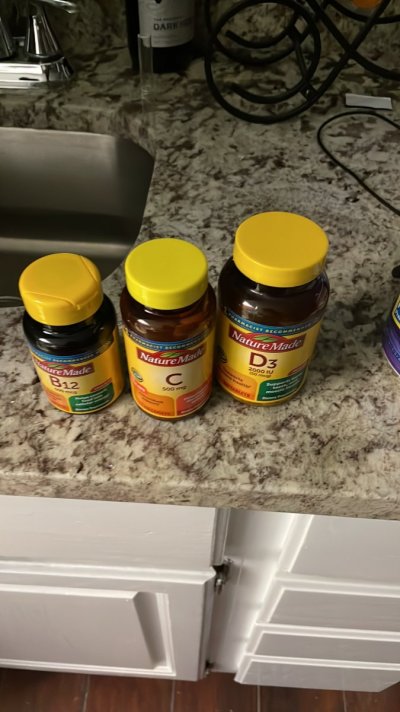Decided to do this type of cycle in my new build (monster thread section). Pulling 2 rocks from current established tank. Will add vitamin c and d3 into the sump along with some flakes. It will have 4-7 days at best.
getting a couple imported box of coral….who knows what’s on it but foresure bacteria. 4-6 clams, goni, sps, and my trademark euphyllia baby
pack it with damsels, blennies, wrasse, and gobies 2-4 days after coral arrive.
my thinking is based on Redfield ratio. Using the live rock adds established bacteria. The vitamins are the carbon source, phyto plankton are the nitrate and phosphate needed. Now just need 3-7 days for it to complete. Now we before we think phyto is a issue, seeding 1G of each copepod the first day the salinity is matched. This way can dose phyto on day one. Will also have macro in the sump on day 1-2 of the tank running so soak up the excess nitrates, phosphates and carbon.
I have a feeling that with coral in the tank before fish, it will use ammonia as well as the preferred nitrogen source.
Last time I did something like this was a 100% rock change same day and left the rock with Prodibio in a vat for 4 days. The live stock in the tank was gem, sailfin, purple and eel. Nothing died and no immediate shocks. Yes the sand was live but I think the coral themselves are doing more then we see.
I wanted to do this well before reading this and to show my local reef buddies it’s doable, plus hate water changes and these new cycles always result in “water change to reduce nitrates”
getting a couple imported box of coral….who knows what’s on it but foresure bacteria. 4-6 clams, goni, sps, and my trademark euphyllia baby
pack it with damsels, blennies, wrasse, and gobies 2-4 days after coral arrive.
my thinking is based on Redfield ratio. Using the live rock adds established bacteria. The vitamins are the carbon source, phyto plankton are the nitrate and phosphate needed. Now just need 3-7 days for it to complete. Now we before we think phyto is a issue, seeding 1G of each copepod the first day the salinity is matched. This way can dose phyto on day one. Will also have macro in the sump on day 1-2 of the tank running so soak up the excess nitrates, phosphates and carbon.
I have a feeling that with coral in the tank before fish, it will use ammonia as well as the preferred nitrogen source.
Last time I did something like this was a 100% rock change same day and left the rock with Prodibio in a vat for 4 days. The live stock in the tank was gem, sailfin, purple and eel. Nothing died and no immediate shocks. Yes the sand was live but I think the coral themselves are doing more then we see.
I wanted to do this well before reading this and to show my local reef buddies it’s doable, plus hate water changes and these new cycles always result in “water change to reduce nitrates”




















